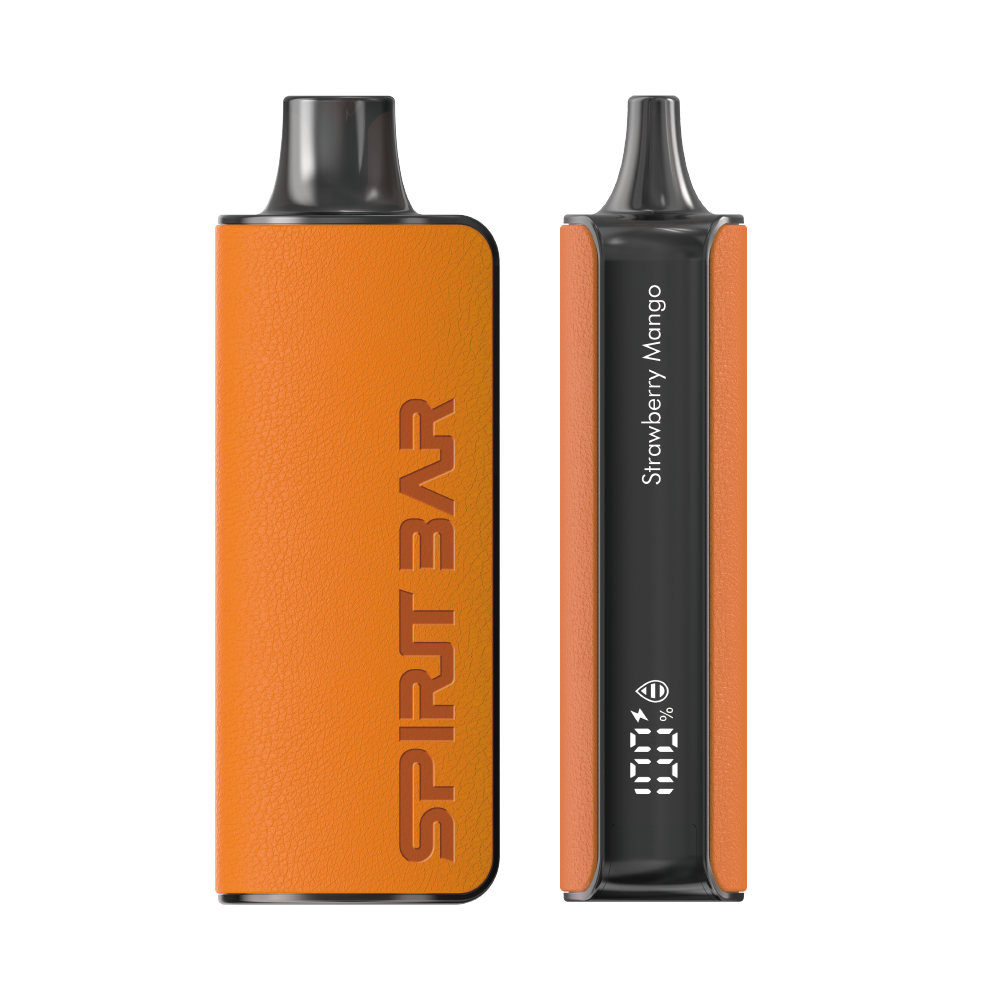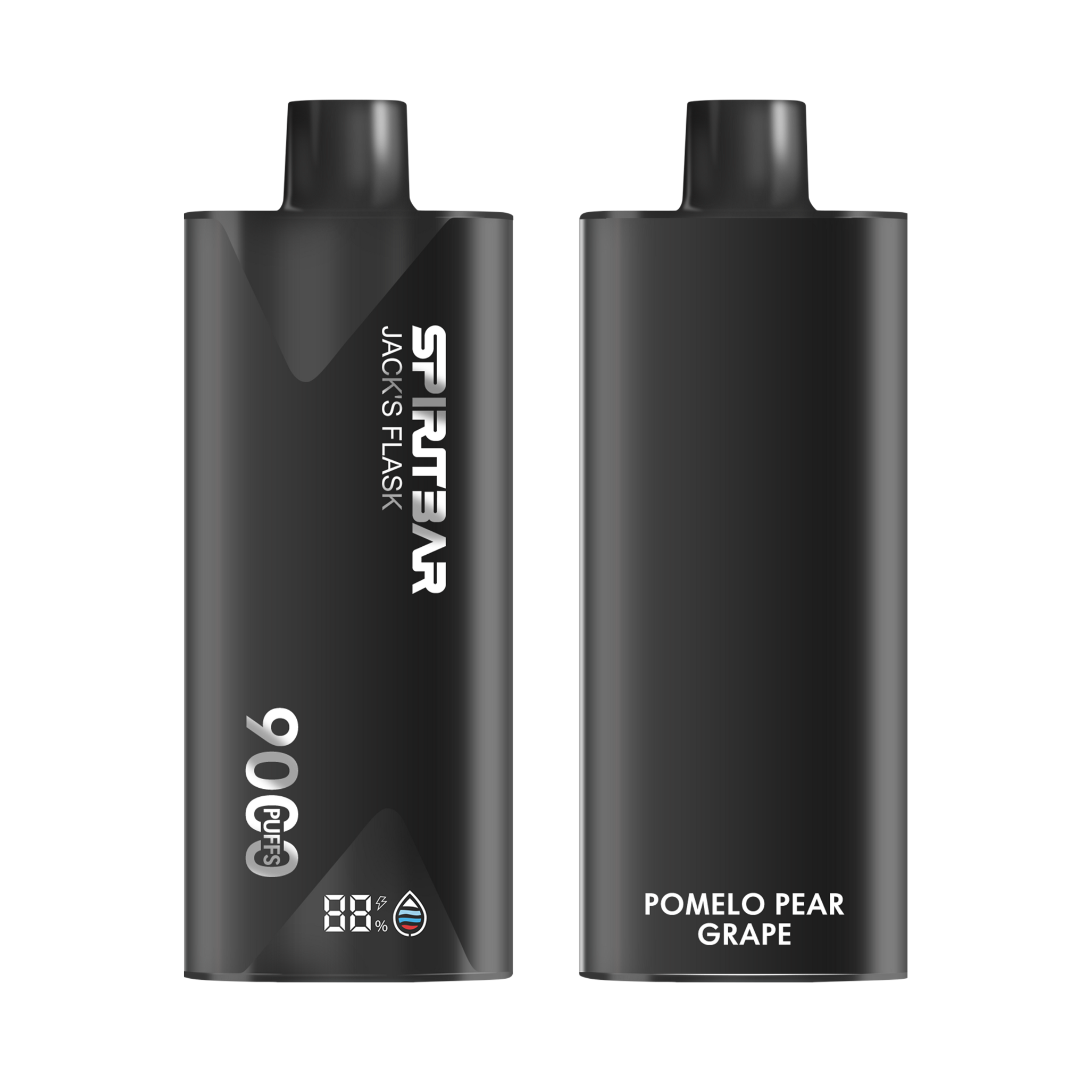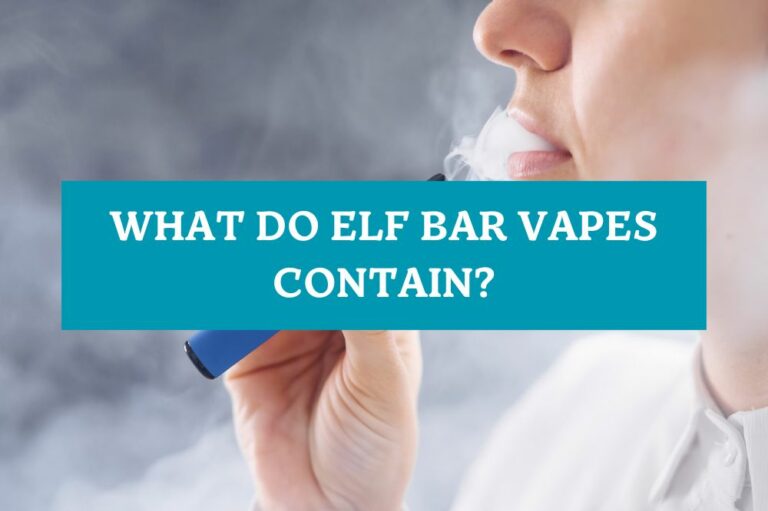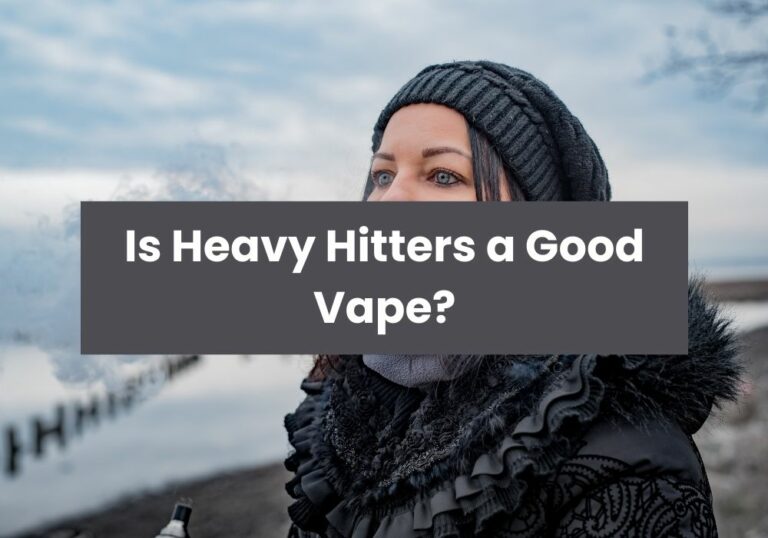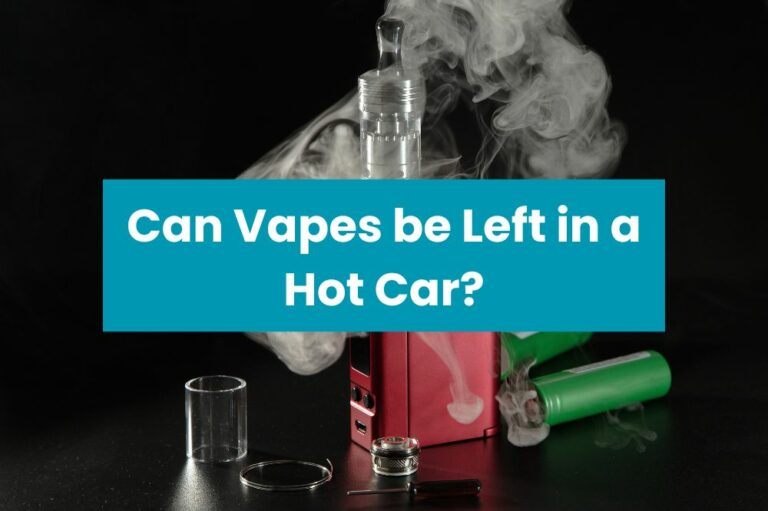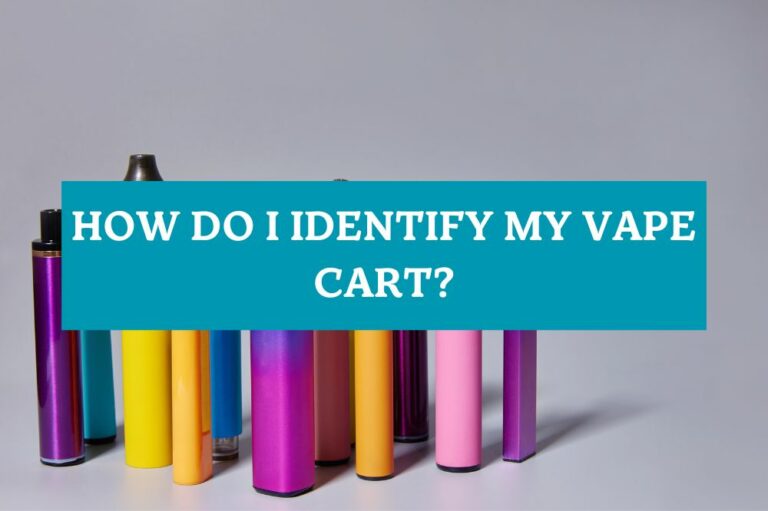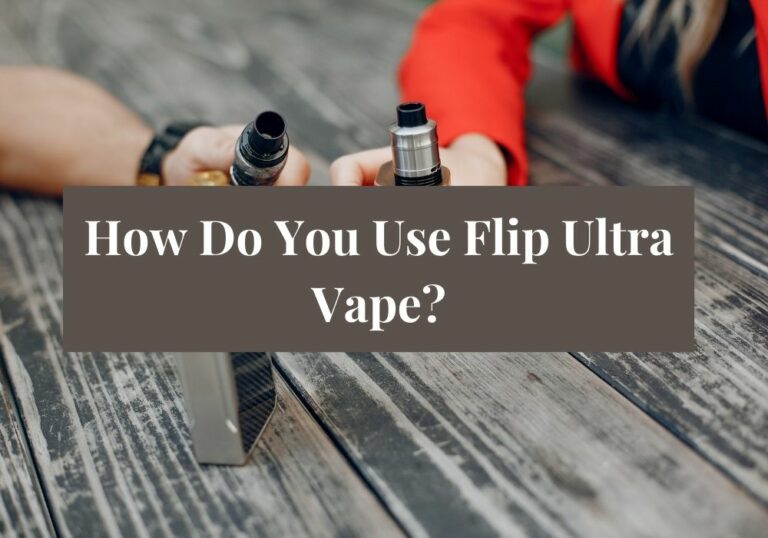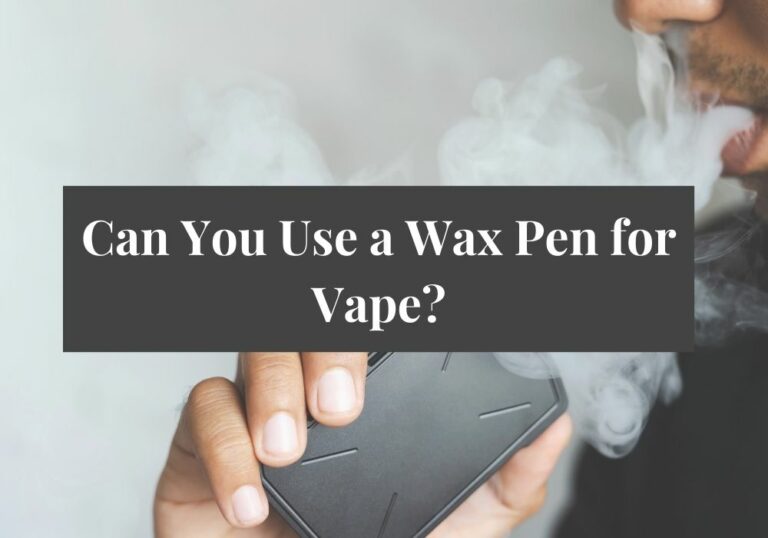How Much Is One Puff of a Vape?
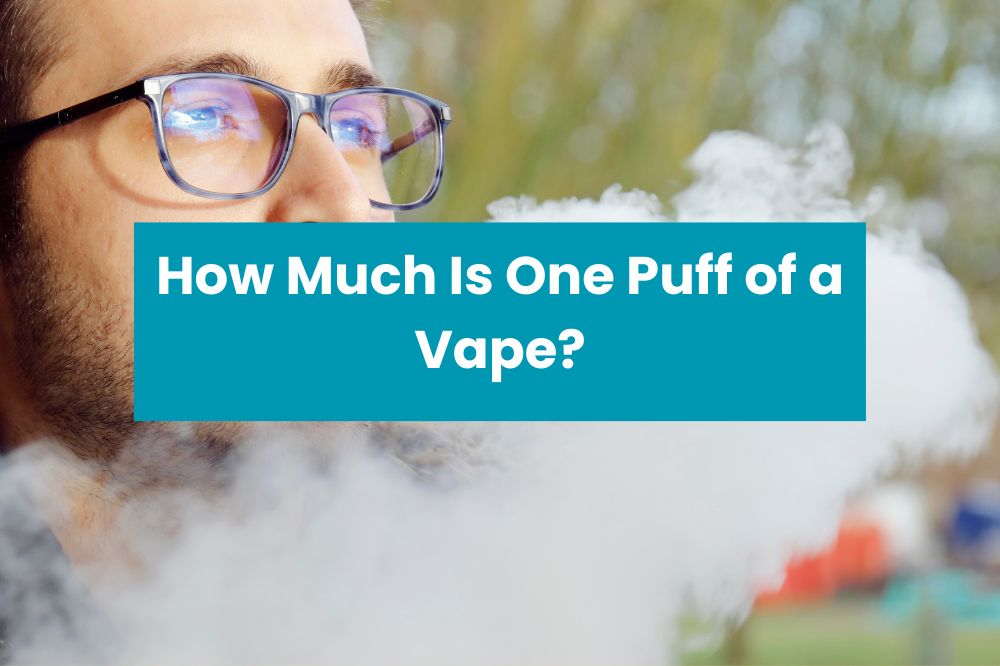
Have you ever wondered how much nicotine is in one puff of a vape? With the rise in popularity of vaping, it’s important to understand how much nicotine you are consuming with each puff. The amount of nicotine in a single puff can vary depending on the type of device, the e-liquid strength, and your personal vaping habits.
According to Vaping Vibe, on average, one milliliter of vape juice equals 100 puffs, which is equivalent to approximately 10 cigarettes. This means that you would need to take 10 puffs of your vape juice to consume the same amount of nicotine as you would from a single cigarette. However, it’s important to note that this is just an estimate and the actual amount of nicotine in each puff can vary based on a number of factors.
Calculating the amount of nicotine in each puff can be difficult, but it’s important to understand how much nicotine you are consuming to make informed decisions about your vaping habits. In this article, we will explore how much nicotine is in one puff of a vape and provide tips on how to calculate the amount of nicotine you are consuming with each puff.
Understanding Vaping
Vaping has become increasingly popular in recent years as an alternative to smoking traditional cigarettes. It involves inhaling vapor produced by an electronic device called a vape. In this section, we will explore what vaping is and the components of a vape.
SPIRITBAR Katana BP10000
- Slender, leather-textured body reminiscent of a katana handle for an authentic samurai feel
- Unique samurai-inspired e-liquid flavor - fruity yet not too sweet, with a luxurious, elegant aroma
- Powerful 650mAh rechargeable battery for extended vaping time
- Large 18ml e-liquid capacity and 10,000 puff capacity
- Advanced mesh coil and e-liquid & power display screens for optimal vaping experience
The special juice captures the essence of the samurai spirit with its rich, smoothly pulsating flavor that brings new satisfaction with every puff. The device's slender, leather-textured design evokes the grip of a samurai's katana, making this product a perfect choice for beginner vapors.
What is Vaping?
Vaping is the act of inhaling and exhaling vapor produced by an electronic device called a vape. The vape device heats a liquid, called e-juice or vape juice, which is then converted into vapor. This vapor is then inhaled through a mouthpiece and exhaled as a visible cloud.
Vaping is often seen as a healthier alternative to smoking traditional cigarettes, as it does not involve burning tobacco. However, it is important to note that vaping still carries some health risks, particularly for those who use nicotine-containing e-juice.
Components of a Vape
A vape device typically consists of the following components:
SPIRITBAR Jack’s Flask 9000 Puffs
- Stylish pirate flask-shaped body providing an exciting vaping experience
- Delivering up to 9000 puffs per device
- 20ml e-liquid capacity with 50mg nicotine strength for satisfying throat hit
- Specialized pirate-themed e-juice flavors for rich, swirling taste
- Premium mesh coil optimizes flavor profile for maximum vaping enjoyment
This disposable vape captures the daring spirit of the high seas with its flask styling and signature pirate e-juice flavors. The extraordinary battery life provides 9000 indulgent puffs for extended vaping pleasure. Live boldly and freely with the Jack's Flask - a legendary vaping experience fit for a pirate's adventures.
- Battery: The battery powers the vape device and is rechargeable.
- Tank: The tank holds the e-juice and is connected to the battery.
- Coil: The coil heats the e-juice and turns it into vapor.
- Mouthpiece: The mouthpiece is where the vapor is inhaled.
There are also various types of vape devices, including vape pens, box mods, and pod systems. Each type of device has its own unique features and may be more suitable for different types of vapers.
In summary, vaping involves inhaling and exhaling vapor produced by an electronic device called a vape. The device typically consists of a battery, tank, coil, and mouthpiece. While vaping is often seen as a healthier alternative to smoking, it still carries some health risks.
Cost of Vaping
If you are considering vaping, it is important to understand the cost associated with it. Vaping can be more cost-effective than smoking traditional cigarettes in the long run, but there are still upfront and recurring costs to consider.
Initial Investment
When you first start vaping, you will need to make an initial investment in equipment. The cost of vaping devices can vary greatly depending on the type of device you choose. A basic starter kit can cost anywhere from $10 to $50, while more advanced devices can cost upwards of $200.
Here is a breakdown of the average cost of some common vaping devices:
| Device Type | Average Cost |
|---|---|
| Disposable Vapes | $5 – $20 |
| Pod Systems | $20 – $50 |
| Box Mods | $50 – $200 |
In addition to the device, you will also need to purchase e-liquid and replacement coils. E-liquid can range from $10 to $30 per bottle, while replacement coils can cost anywhere from $5 to $20 each.
Recurring Costs
Once you have made your initial investment, there are ongoing costs associated with vaping. These costs can include:
SPIRITBAR Katana BP10000
- Slender, leather-textured body reminiscent of a katana handle for an authentic samurai feel
- Unique samurai-inspired e-liquid flavor - fruity yet not too sweet, with a luxurious, elegant aroma
- Powerful 650mAh rechargeable battery for extended vaping time
- Large 18ml e-liquid capacity and 10,000 puff capacity
- Advanced mesh coil and e-liquid & power display screens for optimal vaping experience
The special juice captures the essence of the samurai spirit with its rich, smoothly pulsating flavor that brings new satisfaction with every puff. The device's slender, leather-textured design evokes the grip of a samurai's katana, making this product a perfect choice for beginner vapors.
- E-liquid: Depending on how much you vape, you may need to purchase e-liquid on a regular basis. The cost of e-liquid can vary depending on the brand and flavor, but on average, you can expect to spend around $20 to $30 per month.
- Replacement Coils: Coils can wear out over time and need to be replaced. The frequency at which you will need to replace coils will depend on how often you vape, but on average, you can expect to spend around $10 to $20 per month on replacement coils.
- Batteries: If you are using a device that requires replaceable batteries, you will need to purchase new batteries on occasion. The cost of batteries can vary depending on the type of battery and where you purchase them, but on average, you can expect to spend around $10 to $20 per battery.
Overall, vaping can be a more cost-effective alternative to smoking traditional cigarettes in the long run. However, there are still upfront and recurring costs to consider when making the switch. By understanding these costs, you can make an informed decision about whether vaping is the right choice for you.
Determining the Cost of a Single Puff
If you’re trying to determine the cost of a single puff of a vape, there are a few factors to consider. In this section, we’ll explore those factors and how to calculate the cost of a single puff.
Factors Influencing Cost
The cost of a single puff of a vape can vary depending on several factors. These factors include:
- Nicotine strength: The higher the nicotine strength of your e-liquid, the more expensive it will be per puff.
- E-liquid volume: The more e-liquid you use per puff, the more expensive each puff will be.
- Device type: Different types of devices have different costs per puff. For example, disposable vapes are generally more expensive per puff than refillable devices.
- Puff frequency: The more frequently you puff, the more expensive each puff will be over time.
Calculating the Cost
To calculate the cost of a single puff of a vape, you’ll need to know the cost of your e-liquid and how many puffs you can get from it. Here’s how to do it:
- Determine the cost of your e-liquid: Look at the price of your e-liquid and divide it by the number of milliliters in the bottle. For example, if you have a 60ml bottle that costs $20, the cost per milliliter is $0.33.
- Determine how many puffs you can get from your e-liquid: This will depend on your device and puff frequency. For example, if you have a 60ml bottle of e-liquid and your device can give you 200 puffs per milliliter, you can get 12,000 puffs from the bottle.
- Divide the cost of your e-liquid per milliliter by the number of puffs you can get from it: Using the examples above, the cost per puff would be $0.33 / 12,000 puffs = $0.0000275 per puff.
Keep in mind that this calculation is just an estimate and your actual cost per puff may vary depending on the factors mentioned above.
Health and Financial Implications
Health Risks
One puff of a vape may seem harmless, but it can have serious health implications. According to Johns Hopkins Medicine, vaping can lead to lung injury and even death. In 2020, the Centers for Disease Control and Prevention (CDC) confirmed over 2,800 cases of e-cigarette or vaping use-associated lung injury (EVALI) and 68 deaths attributed to that condition. These cases appear to predominantly affect people who modify their vaping devices or use black market modified e-liquids.
In addition to lung injury, vaping can also cause other health problems. The nicotine in e-cigarettes is highly addictive and can lead to increased heart rate, high blood pressure, and damage to blood vessels. It can also negatively impact brain development in adolescents.
Long-Term Financial Impact
While one puff of a vape may seem insignificant, the long-term financial impact of vaping can be significant. Vaping can be an expensive habit, with the cost of e-cigarettes and e-liquids adding up over time. According to Vaping Daily, the overall burden of tobacco use in health care institutions is increasing and represents one of the major issues of public health control. Of every $10 spent on health care in the U.S., almost 90 cents is due to smoking. To be even more precise, 8.7 percent of all healthcare spending ($170 billion a year) is due to smoking.
Furthermore, if you become addicted to vaping, the cost of nicotine replacement therapy or other cessation methods can add up over time. It is important to consider the long-term financial impact of vaping before taking that first puff.
Alternatives to Vaping
If you’re looking to quit vaping, there are several alternatives to consider. Here are two popular options:
Nicotine Replacement Therapies
Nicotine replacement therapies (NRTs) are products that deliver nicotine to your body in a controlled way. They can help ease nicotine withdrawal symptoms associated with quitting smoking or vaping. NRTs come in several forms, including:
- Patches
- Gum
- Lozenges
- Inhalers
- Nasal sprays
NRTs can be purchased over-the-counter or with a prescription from your doctor. They’re generally considered safe and effective, but they’re not right for everyone. Talk to your doctor to see if NRTs are a good option for you.
Behavioral Changes
Another alternative to vaping is to make behavioral changes. This can include:
- Avoiding triggers that make you want to vape
- Finding healthy ways to cope with stress
- Changing your routine to avoid situations where you would normally vape
Making behavioral changes can be challenging, but it can also be very effective. It’s important to have a plan in place and to be patient with yourself as you make these changes.
Remember, quitting vaping is a process, and it’s okay to ask for help along the way. Talk to your doctor or a counselor if you’re struggling to quit.

